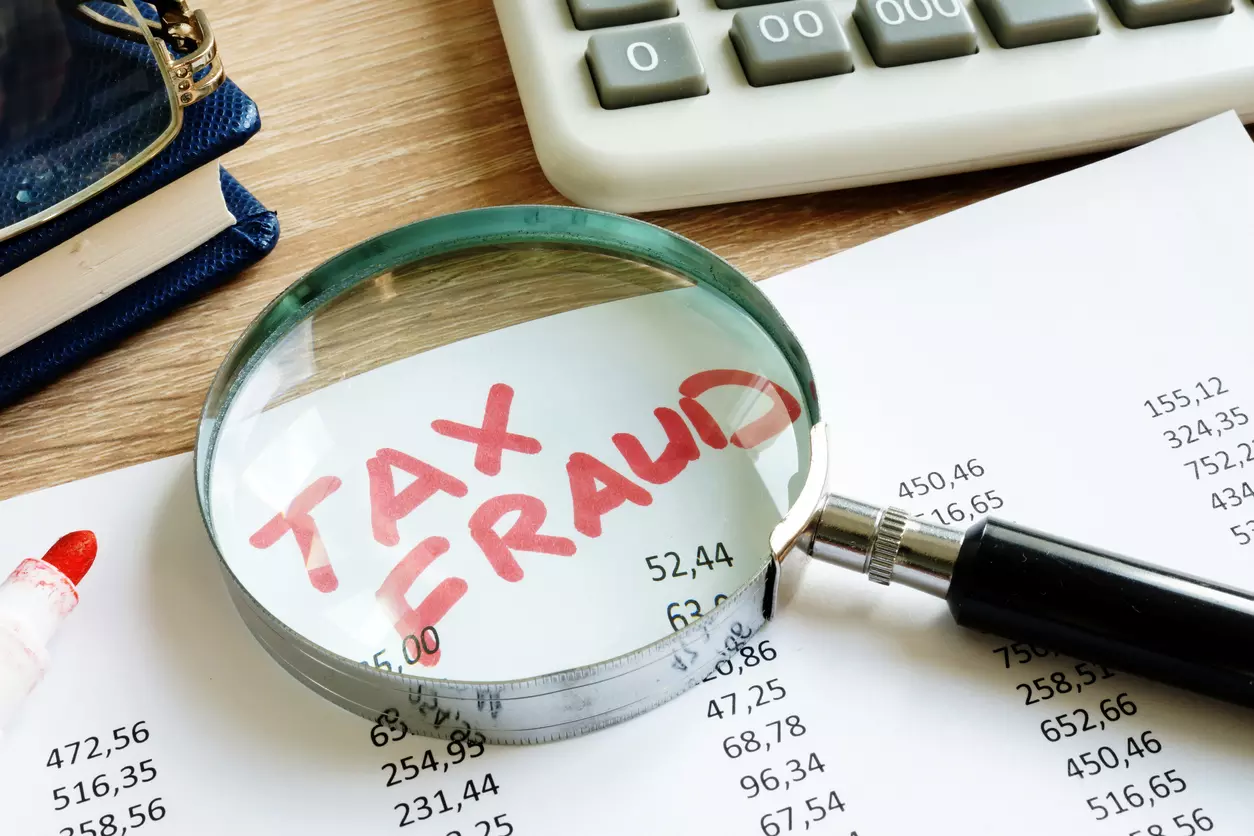
Explained: How do GST input tax credit frauds take place?
Know how scammers circumvent GST rules to avail undue tax credits, economic repercussions of these frauds, and what checks government has in place to prevent them

GST Input Tax Credit (ITC) fraud has emerged as a significant challenge, disrupting the transparency and efficiency of India’s tax system. A look into these challenges gains significance in the light of the arrest of well-known Gujarat-based journalist Mahesh Langa and three others in an alleged GST scam.
Fraudsters manipulate the system through fake invoices, circular trading, and bogus supplier networks to claim undue tax credits, causing substantial revenue losses to the government and unfair competition in the market.
Also read: How pan-India probe led to uncovering of multi-crore GST scam in Gujarat
How scammers take the system for a ride
Several regulatory measures such as invoice matching, and e-way bills (Electronic Way Bill) are required for the movement of goods under India's Goods and Services Tax (GST) regime.
They ensure that goods are transported legally and that all taxes applicable on the consignment are duly paid.
The complexity and scale of these fraudulent schemes, however, demand continuous vigilance and technological interventions to safeguard the integrity of the GST framework.
How GST Input Tax Credit works
Under the GST framework, businesses can claim credit for taxes paid on inputs (raw materials, services, etc.). This ensures that GST is applied only to the value added at each stage, avoiding a cascading tax effect.
For example: Suppose a business pays GST on the purchase of raw materials (input). In that case, it can claim that tax amount as a credit against the GST collected on the sale of the finished product (output). The business can claim the GST paid on inputs as a credit against the GST collected on the sale of finished products.
This means the company can deduct the input GST from the output GST and pay the government only the net GST liability. This mechanism ensures businesses pay GST only on the value they add and not on the entire transaction value repeatedly.
What are the types of GST ITC frauds? Scammers use myriad ways to circumvent GST rules and claim ITC. Here are some of them:
Also read: 'Benami firms, bogus ITC, fake bills': What we know about Mahesh Langa case till now
Creation of fake invoices
Fraudsters generate fake invoices to show purchases and claim ITC without actual transactions. These invoices are circulated through a network of fake companies or shell firms to inflate input tax credits.
Circular trading
Businesses involved in circular trading generate fictitious transactions across multiple entities, claiming ITC at every stage. This creates an illusion of economic activity only after producing or delivering goods or services.
Bogus supplier networks
Fraudsters register non-existent entities to pose as suppliers. These entities issue invoices with GST, but no goods or services are supplied. Buyers use these invoices to claim ITC fraudulently.
Layering of transactions
The fraudsters transfer invoices across multiple intermediaries or shell companies to conceal the source of fraud. This makes it challenging for authorities to track the transactions and identify fraudulent claims.
Misreporting or overstatement of sales
Companies deliberately inflate sales numbers to increase input claims. Sometimes, businesses wrongly classify exempt supplies or understate the tax liability to maximise ITC claims.
Also read: DGGI detects ₹2.01 lakh crore GST evasion in FY24, with online gaming and BFSI most prone
Non-payment of tax by supplier
ITC fraud also arises when suppliers issue invoices with GST but do not deposit the tax with the government. Buyers still claim the credit, although the government never received the corresponding tax. Using
Fake GSTINs
Fraudsters create fraudulent invoices using stolen or bogus GST Identification Numbers (GSTINs). Legitimate businesses may unknowingly buy from such suppliers, putting them at risk of ITC denial if the supplier defaults on tax payments.
What is the impact of ITC frauds?
Revenue loss to government: Fraudulent ITC claims reduce the tax collected, causing significant losses to the government.
Market distortions: Genuine businesses face unfair competition from companies engaged in ITC fraud, which can offer lower prices by evading taxes.
Erosion of trust in the GST system: Such frauds undermine public confidence in the GST framework, designed to bring transparency and ease of compliance.
Legal and financial risks for genuine buyers: If a buyer unknowingly transacts with fraudulent suppliers, the tax authorities may deny the ITC, leading to penalties and financial losses.
How is government fighting ITC frauds?
Invoice matching mechanism: The GSTN (GST Network) verifies input and output invoices through automated matching to detect discrepancies.
E-way bill system: The introduction of e-way bills ensures that the movement of goods is tracked in real time to curb fake invoices.
Restrictions on ITC claiming: New rules restrict provisional ITC to a certain percentage until the supplier files their GST returns and pays taxes.
Audits and investigations: Tax authorities conduct regular audits and data analytics to identify suspicious transactions and shell companies.
Also read: ₹13-cr GST fraud busted after multi-city raids by UP STF, sales tax dept
Introduction of e-invoicing: e-invoicing mandates help reduce fake invoices by directly linking every invoice with the GST portal.
Penalties and prosecution: The government imposes strict penalties and initiates legal action against entities involved in ITC fraud.
Impact and recovery efforts
The Directorate General of GST Intelligence (DGGI) has ramped up efforts to detect and recover fraudulent ITC claims. In FY24 alone, the DGGI detected frauds worth ₹21,089 crore and recovered ₹2,577 crore. The recovery rate has improved significantly due to proactive measures like artificial intelligence for early detection.

